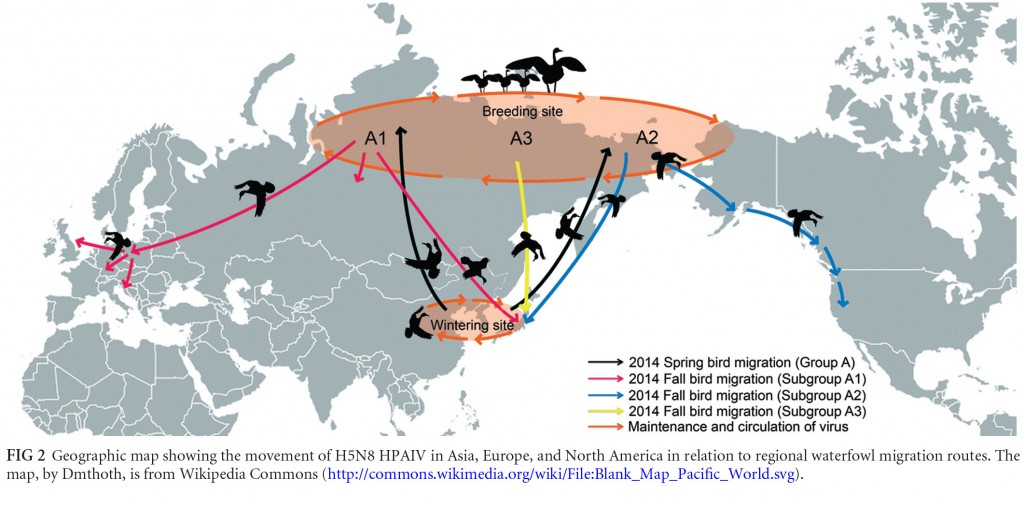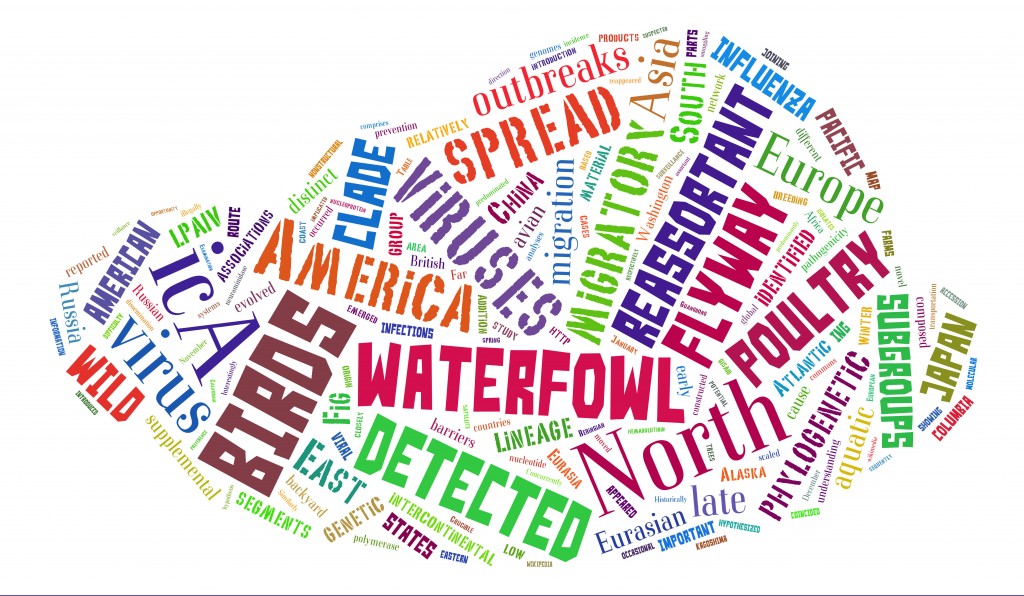(Our discipline’s flagship journals are considering a name change after more than a century of success and global recognition. I am opposed, because the potential gains are illusory. A survey [now closed] on this is available here. This change has now been made; with 2021 the experiment begins.)
Category Archives: Research
Authorship for Museum Collections?
A recent paper in Zootaxa by Rouhan and colleagues (here, though paywalled) advocates that collections make such important contributions to published science that they should be recognized as coauthors. The paper is entitled “The time has come for Natural History Collections to claim co-authorship of research articles.” When I began reading their article, I was opposed to the idea. I give credit to the authors, though, for by the time I was finished, I was at least open to the concept. Importantly, they are not advocating for individual museum staff to be coauthors, but rather that an institution or group name for the collection should be used. That was a key distinction for me: I would not want to see collections’ contributions get confused with those of their associated staff. From another perspective, however, when I write a paper that uses many different collections, I would not want to appear as a scientific minion among a small forest of institutions that I happened to use in pursuing my questions. (Imagine the institution shopping that human authors would use!)
The problem Rouhan et al. (2017) are addressing is that museum collections make huge contributions to published science, but those contributions are often unrecognized and difficult to track. Here at the University of Alaska Museum Bird Collection we’ve attempted to solve this in a different way (here), in which we keep track of publications that used our collection in a Google Scholar profile (we published on this here). We were careful not to use the term “author,” however (e.g.,“as if the collection were an author”), and we do not advocate a change to that status for collections. We believe our method serves the purpose quite well without unduly abusing the already contentious issue of authorship.
That said, I do think that museum staff should be authors more often on projects when they make substantial contributions, and that this would happen more often with careful consideration of widely accepted authorship criteria (e.g., here).
But as I noted, my mind is open to the concept of collections as authors if a consensus were to develop that these other two solutions under the present framework were inadequate. It is very uncommon to see institutions or consortia listed as authors, although it is becoming more common in large-scale genomics research.
Avian influenza update, Alaska
Several years ago, Dan Gibson and I published a paper on Asian birds coming to North America through Alaska entitled “The Asia-to-America Influx of Avian Influenza Wild Bird Hosts Is Large.” In this paper we reversed the conclusions of a popular model of the global spread of highly pathogenic avian influenza (HPAI). We suggested that wild birds are a greater risk than domestic poultry for bringing HPAI into North America. Since then, our model proved the more accurate, presaging the arrival in North America in fall 2014 of a pure Asian strain of H5N2. Wild birds were implicated, and we inferred passage through Alaska. This strain of HPAI went on to cause the worst poultry disease outbreak in U.S. history, resulting in billions of dollars in economic losses.
Continue reading
Migratory birds bring avian influenza to North America via Beringia
Our paper is out this month in the Journal of Virology pointing to the importance of Beringia in the intercontinental spread of avian influenza.

A figure from the paper showing the movements of birds and the highly pathogenic avian influenza virus H5N8 in 2014.
Trends in positions in research collections
In the research museum business, especially in the biological sciences, we’ve long been seeing declines in the number of positions being filled. This is something to be worried about because a) we have a lot to learn about biodiversity still, b) we’re losing said biodiversity at an unprecedented rate, and c) collections need to continue growing because they document so many important aspects of the environments we humans depend on. It’s not like other disciplines in research museums are getting fat at the expense of those disciplines losing positions; it seems to be an industry-wide phenomenon. Vicki Funk of the Smithsonian Institution recently posted an article outlining the dire situation in botany at a global scale.
On the other hand, the rising U.S. economy seems to have opened up a number of new vacancies, leading Michael Ivie of Montana State University to write an email to TAXACOM entitled “What A Great Time to be a Young Systematist”, using his observations of openings in entomology. I agree with Mike from an ornithological perspective: there are a relatively high number of positions opening up this year. Mike’s message has generated a long discussion, however, probably because we recognize that the numbers, while relatively high, are still very small in relation to the magnitude of the issues. In short, a long-declining trend is showing a brief halt and upward bump — and we all hope that collectively at least we see the decline stop and that perhaps we even regain some of those historic losses. There certainly is plenty of work to do, both in traditional biodiversity pursuits and in the new ways that collections are being used to study changes in diseases, contaminants, populations, and environmental and climatic changes.
Super Pato shows advantages of whole-organism sampling
Increasing the scientific bang for every research dollar spent is important, especially in museums, where funding levels are perennially low. When we do get into the field and get our hands on a bird, it costs about the same to bring it home with us as it would to return with just a few drops of blood or a couple of feathers. While there is little difference in the initial cost, there is a huge difference in the scientific potential of the effort’s product: many more scientists can do a lot more things with a whole bird preserved as a specimen than with only a tiny sample likely to be quickly depleted. And the vast majority of bird populations can easily withstand the relatively small amounts of scientific collecting that are done these days.
(Re)affirming the specimen gold standard
A recent opinion paper in Science by a group of authors more concerned with human ethics than with science and biodiversity used a rather broad brush to paint scientific collecting in a negative light. Perhaps through their lack of intimate familiarity with biodiversity science, they made a number of errors in their effort to urge field biologists to stop collecting voucher specimens. Setting aside the issue of why a prestigious journal like Science would publish what is a rather weak contribution, the appearance of this piece does provide an opportunity to again help people understand why scientific collecting is important, why it does not pose a threat to populations of wild organisms, and why in a time of global change adding specimens to collections is now more important than ever. There is a substantial body of peer-reviewed literature on this topic; I will just summarize some of the main points here.
An avian Jonah experiment
The UAM Bird Collection is used for a lot of interesting research, and we always enjoy the resulting products, especially when researchers push back the frontiers of human ignorance in new and important directions. In this case, some researchers (see Haynes et al. 2013) arrived on the scene at the bitter end (for the birds) of what we might call an avian Jonah experiment. Yes, birds were swallowed by a whale. We were sorry to learn that, unlike Jonah, the birds did not live through the experience, but instead emerged later, much the worse for wear, from the wrong end of the whale.
Graphic image…

